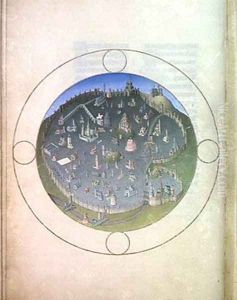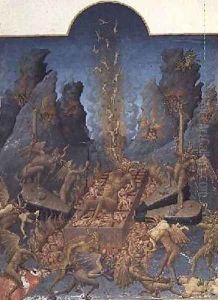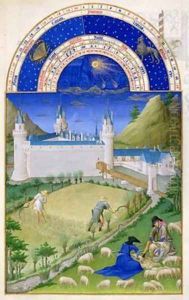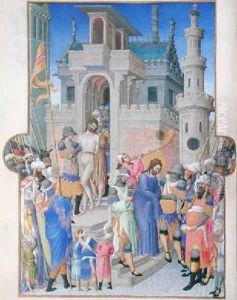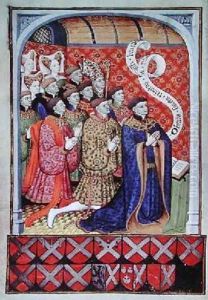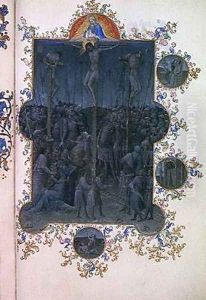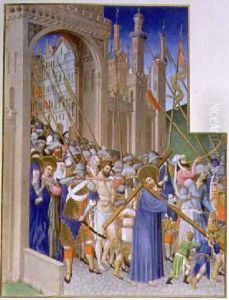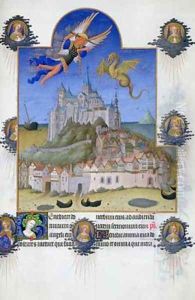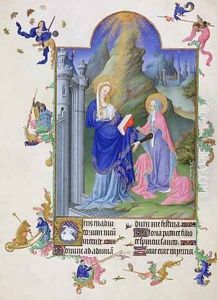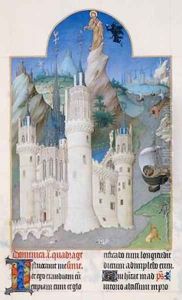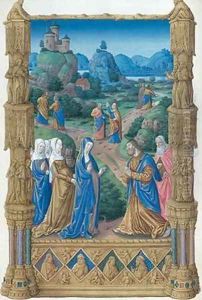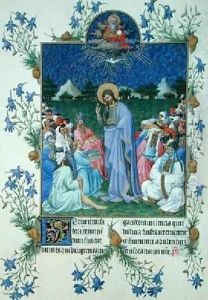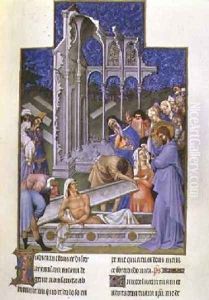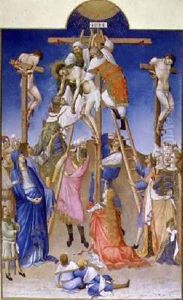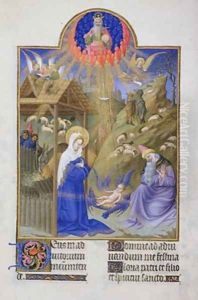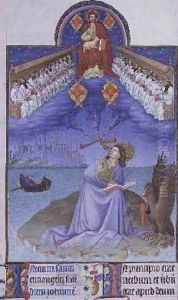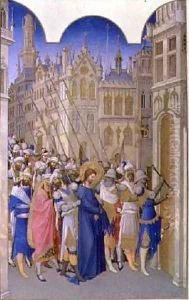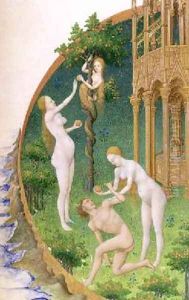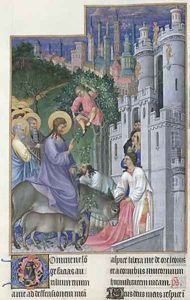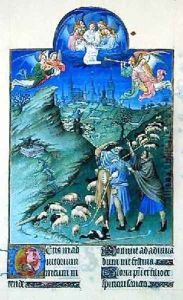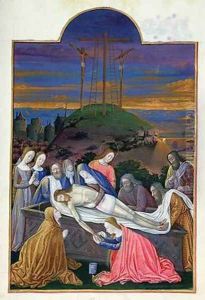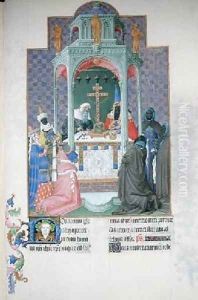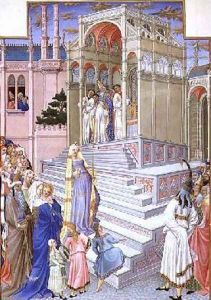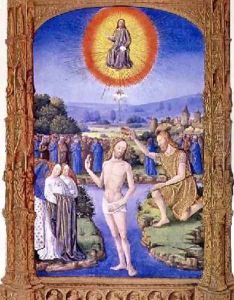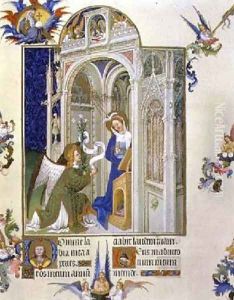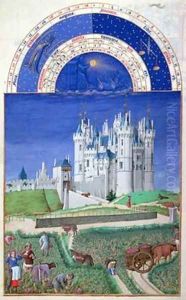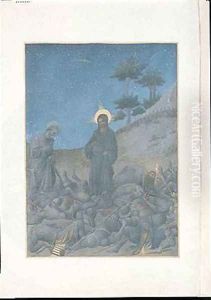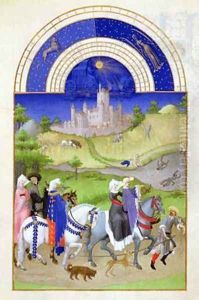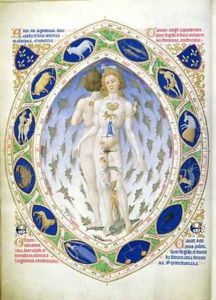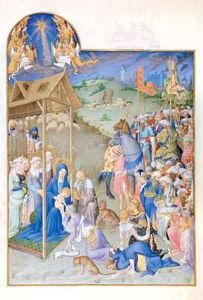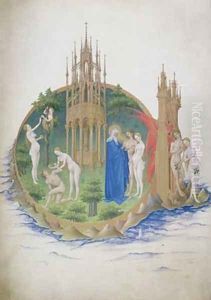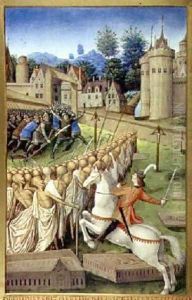Pol de Limbourg Paintings
Pol de Limbourg, also known as Paul de Limbourg, was one of the Limbourg brothers, a trio of influential and pioneering early 15th-century manuscript illuminators. The brothers are best known for their work on the 'Très Riches Heures du Duc de Berry', one of the most famous and lavish illuminated manuscripts of the Late Middle Ages. Hailing from the city of Nijmegen in what is now the Netherlands, Pol and his brothers, Herman and Jehanequin, were born into an artistic family; their father was a woodcarver and their uncle was a manuscript illuminator.
The brothers traveled to France, where they entered the service of Philip the Bold, Duke of Burgundy, but it was under the patronage of the Duke's brother, Jean, Duke of Berry, that they produced their most famous work. The 'Très Riches Heures' includes a series of monthly calendar illustrations that are celebrated for their detail, use of perspective, and depiction of seasonal changes in the landscape and activities of the nobility and peasantry.
The Limbourg brothers' work is characterized by its intricate detail, rich colors, and complex iconography. They helped to bridge the transition from the International Gothic style to the more naturalistic styles that would prevail in the Renaissance. Their artistic legacy is notable for the influence it had on the future generations of artists in terms of both the technical aspects of painting and the conceptual approach to depicting the natural world and human figures within it.
Unfortunately, the Limbourg brothers, including Pol, died young, possibly victims of an epidemic. They did not live to complete the 'Très Riches Heures', which was eventually finished by other artists in the employ of the Duke of Berry. Despite their premature deaths, the brothers left behind a body of work that continues to be studied and admired for its beauty and historical significance.
